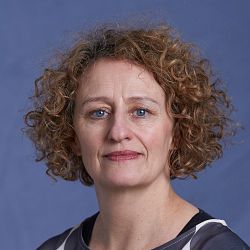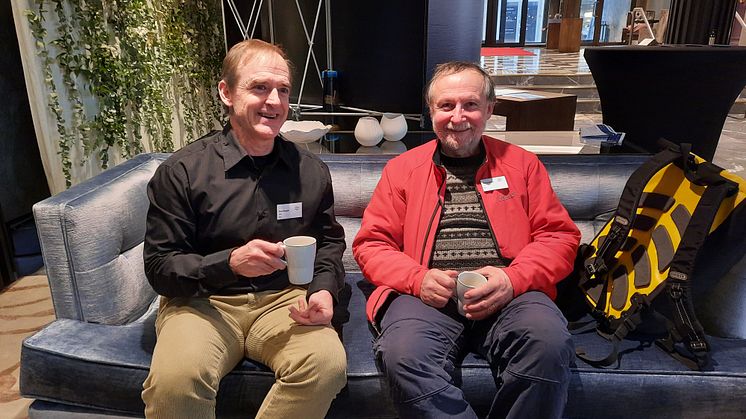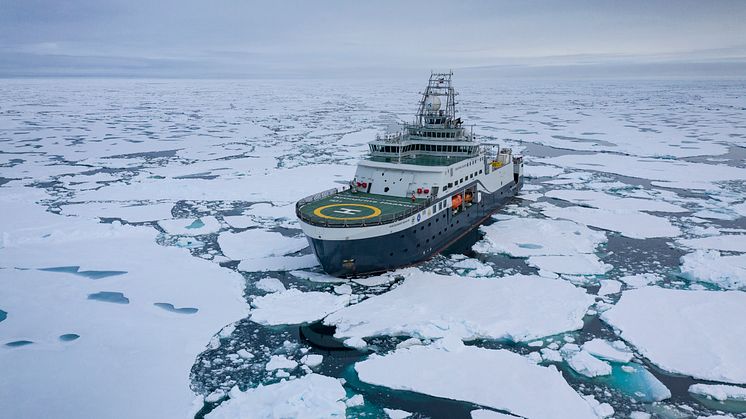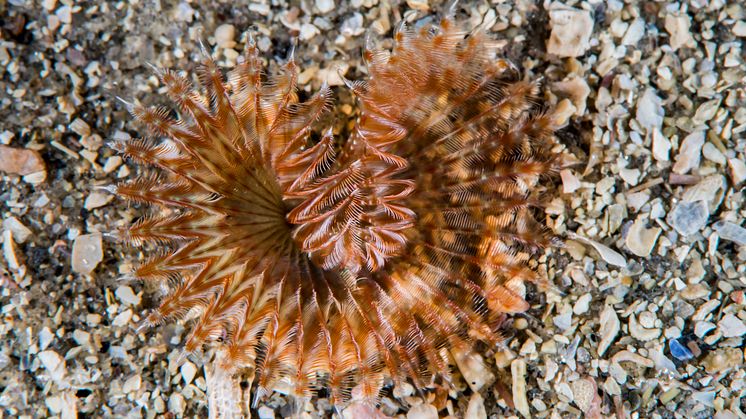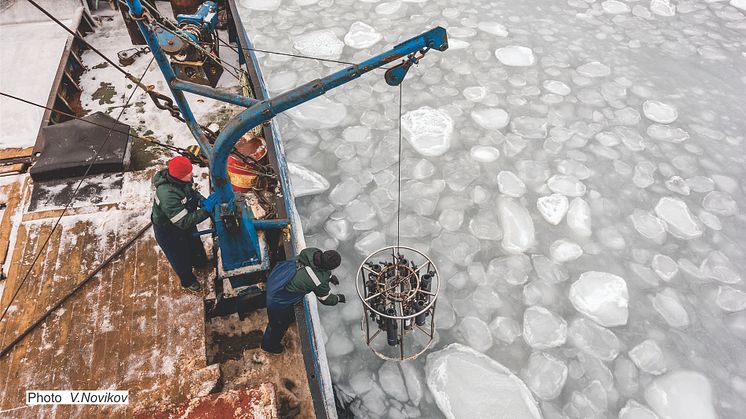
Nyhet -
Akvaplan-niva leads Nansen Legacy cooperation with Russia: Mapping Barents Sea benthic fauna
On April 17, 2018 the Russian research vessel Dalniye Zelentsy departed from Murmansk for the Barents Sea. The research cruise was part of the Russian cooperation in the Nansen Legacy, led by Nansen Legacy partner Akvaplan-niva. The cruise was a collaboration between Akvaplan-niva and Murmansk Marine Biological Institute (MMBI), who have been cooperating on environmental studies in the Norwegian-Russian sectors of the Barents Sea since 1989.The project leader for this project was Michael Carroll at Akvaplan-niva and Vladimir Savinov from Akvaplan-niva was responsible for the faunal sampling work carried out at sea. The chief scientist for the cruise was Alexey Ezhov from MMBI.
One goal of the cruise was to sample benthic fauna from 7 stations in the central and western Barents Sea. These stations, referred to as the "Polar Front Transect", are oriented in a northwest-southeast direction. They cover different environmental gradients including depth (59 - 379 meters), sea bottom types, and water masses (Atlantic water in the Hopen Trench, Arctic water on the Spitsbergen Bank, and fjord waters in Storfjord).
The stations were first sampled by Akvaplan-niva in 1992, and they have since been resampled a number of times using the same field and laboratory sampling protocols. This provides a long-term assessment of the benthic community in different Barents Sea habitats during a time of rapid environmental change in the Barents Sea. This fullfills a key goal of the Nansen Legacy project.
During this cruise, five of the seven stations were successfully sampled while heavy sea ice conditions prevented sampling at the two northwestern stations. The Dalniye Zelentsy returned to port in Longyearbyen on 2 May 2018, and the samples were transferred to land. The samples will now be transported to the benthic fauna laboratory at Akvaplan-niva in Tromsø where they will be processed. The processing includes identification of species composition, abundance, biomass, and sedimentary properties.
